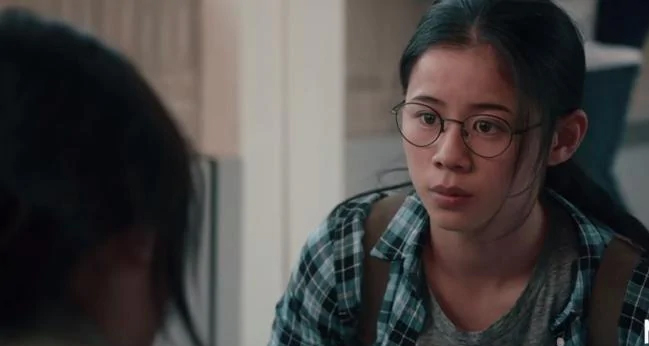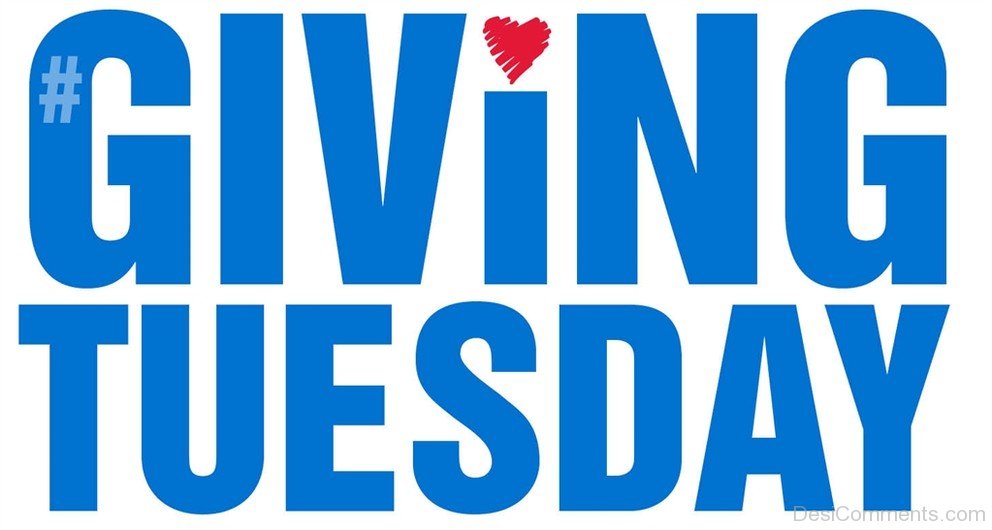By Guest Contributor: Kim Tran
This post first appeared in Wear Your Voice Magazine and contains mild spoilers for the film “The Half of It”.
I was terrified of watching The Half of It. The dearth of representation for queer Asian American women means that, fair or not, a lot is riding on this lone film firmly situated in the variegated ‘coming of age’ genre. Based on early trailers, it’s obvious Alice Wu’s long-awaited follow up to the groundbreaking Saving Face could have easily fallen into convention. A reboot of Cyrano de Bergerac with a new ‘diverse’ cast. It could have been a sweet, yet flat rendition of a familiar tale. It could have been Ellie Chu (Leah Lewis) cast as the quiet, whip-smart, puppeteer behind her un-clever, friend Paul Munsky (Daniel Diemer) both in love with the same girl. It could have just been yet another version of that story except with a Chinese American lead struggling to actualize her sexuality in a small town in the Pacific Northwest. It could have been trite and saccharin and perfectly watchable. Thankfully, it wasn’t. Instead, The Half of It shows us how queer a Netflix movie can be when it takes identity as a given and not a destination. Stripped bare, Wu’s newest film is a rare gift, a movie that embodies queerness and Asianness with ease and space.
Stripped bare, Wu’s newest film is a rare gift, a movie that embodies queerness and Asianness with ease and space.
The Half of It loosely follows the structure of a prototypical Cyrano riff. Ellie and Munsky are unlikely friends both vying for the affection of Aster Flores (Alexxis Lemire.) Ellie pulls the rhetorical strings, Munsky is the face. It’s light, funny, and acted well. But this is where the comparisons end. Even though the latter third of the film falls prey to expectations, The Half of It isn’t an inspiring coming of age or queer coming-out tale. This distinguishes it as a film that firmly resists the pull of stale genres like gay coming-out story or multicultural celebration. For that, I’m grateful as a queer Asian American woman.
Gay narratives are increasingly popular. They depict young lives as those governed by defining oneself in relationship to your sexual desires. While these stories are partially true, coming of age for queer people of color is much more diverse than recent offerings have led us to believe. While there is tremendous power in bearing witness to a young person embodying their gender identity or romantic desires for the first time, queer people of color are more than our first crush, first kiss, or first sexual encounter. This is something The Half of It understands because its most prototypically queer moments are neither loud nor splashy.
Queer theorists have long considered the cost of gay marriage, social rights and the visibility so many cisgender queer and gay people have received in the last two decades. The Half of It illustrates a little bit of the price we’ve paid. If, as the theorists say, queerness is a stance against normative straightness, cisness, whiteness, or even gayness, the omissions of this film are often its most definitive queer moments.
Notably, the queer characters in Sex Education, Never Have I Ever and Love, Simon are preoccupied with their sexuality or gender presentations. In an era of homonormativity and tokenism, their gender expressions or romantic attractions (often for white people) take front and center. But Ellie’s focus is neither. There’s no cheesy montage that chronicles her journey to masculine of center. There’s no big reveal of her soft butch look. Her presentation isn’t linear or fraught. Apart from its impact on her friendship with Munsky, Ellie doesn’t even seem to agonize over her attraction to another woman of color. Such absences are a conspicuous relief in an era saturated with so many duplicates of the same gay narrative. The film presents Ellie’s queerness and Asianness as both natural and normal aspects of her identity.
The film presents Ellie’s queerness and Asianness as both natural and normal aspects of her identity.
Even the film’s Asianness bucks against the kind of representation so common amongst Asian American hits. Master of None and Fresh Off the Boat cemented the most recent iteration of the genre as topical; defined by men born in America who are struggling to eat certain foods, and navigate linguistic and generational gaps. In stark contrast, Ellie speaks Mandarin without reservation or embarrassment in a predominantly white town. Her father makes dumplings similarly, in a scene without background music or the standard Asian food camera panning.
Instead of worrying about whether she can speak her father’s language fluently, or fold wontons properly, Ellie struggles to pay the family bills. She develops a deep connection with a Latinx woman. She builds a multidimensional supportive friendship. Ellie questions the messiness of love instead of being conflicted about how and who she loves. Admittedly, the film has its flaws. It stars yet another hyper formally educated east Asian family. The focus on the white male canon as the arbiter of philosophical thought left much to be desired. Everyone was light-skinned and thin. While imperfect, The Half of It perfectly shows us what it’s like to inhabit our identities without creating the excessively rigid or explicit definitions of either that are all too common in queer and Asian media.
I was closeted when I first watched Saving Face, over a decade ago, but I watched The Half of It in bed with my partner of nearly five years. It was an uncommonly late date night for us. We ate snacks. We laughed. We went to sleep. Oftentimes queerness isn’t what we expect. It’s not always a glittery sign at Pride or a rainbow extravaganza. It doesn’t have to be. Sometimes it’s the sound of your partner snoring; fabric rustling as you fasten a bowtie at the collar of your button down for the millionth time. As The Half of It shows us, the small, subtle, and sometimes totally unseen are often the moments that are authentic, honest, and very, very queer.
Kim Tran is a facilitator, writer and organizer who works at the intersection of queerness and Asian American identity. Her research centers Asian Americans in solidarity with the #BlackLivesMatter movement. She holds a Ph.D in Ethnic Studies from UC Berkeley.
Learn more about Reappropriate’s guest writing program and submit your work here.


